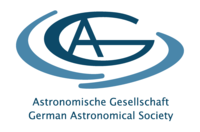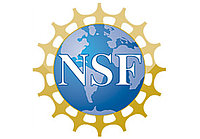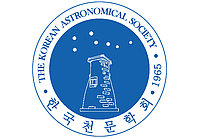Invited Discourses

Marica Branchesi
Gran Sasso Science Institute,
L'Aquila, Italy
The new exploration of the Universe through gravitational-wave observations
The experiments to develop gravitational-wave detectors have recently become observatories able to detect transient gravitational-wave signals. This led to ground-breaking discoveries, which started on September 14, 2015, with the first detection of gravitational waves from the coalescence of a binary system of black holes by the Advanced LIGO detectors. Another epochal discovery happened on August 17, 2017, with the first observations of gravitational waves from the inspiral and merger of a binary neutron-star system by the Advanced LIGO and Virgo network, followed 1.7 s later by a weak short gamma-ray burst detected by the Fermi and INTEGRAL satellites. A world-wide observing campaign involving about 100 instruments led to the detection of multi-wavelength electromagnetic signals associated with this event. A new exploration of the most energetic transients in the sky started. The talk will give an overview of the recent gravitational-wave and multi-messenger observations, their astrophysical implications and the prospects for the upcoming years.
Wednesday, August 22, 2018 | 5:15 p.m. - 6:30 p.m. | Hall E1

Lisa Kewley
Australian National University,
Weston Creek ACT, Australia
Galaxy Evolution in 3D
Tracing matter and chemical elements in the Universe is critical for understanding the formation of the first galaxies, the formation and growth of supermassive black holes, and ultimately the evolution of galaxies like our Milky Way. Throughout the history of the universe, large-scale gas flows have moulded the arms of spiral galaxies, formed the bulges of the most massive galaxies in the universe, fed supermassive black holes in the centers of galaxies, fueled generation upon generation of new stars, and enriched the intergalactic medium with metals. The physics and impact of these processes can now be traced through new efficient, wide-field 3D integral field spectrographs. With multi-object integral field spectroscopy, we can now probe these transformative galaxy processes statistically for thousands of galaxies. I will describe how our understanding of galaxy evolution has been changed through these surveys to help us understand the relationship between gas inflows, galactic-scale outflows, star-formation, chemical enrichment, and active galactic nuclei in galaxies. I will link these studies with new insights into the early universe traced through gravitational lensing and infrared adaptive optics. I will finish by discussing how this field will be transformed in the JWST and ELT era.
Thursday, August 23, 2018 | 5:15 p.m. - 6:30 p.m. | Hall E1

Sean Andrews
Harvard-Smithsonian Center for Astrophysics,
Cambridge, USA
Observing Planet Formation
Planetary systems form in the disks of gas and dust that orbit young stars. In the past few years, very high angular resolution observations of disks in nearby star-forming regions have started to uncover some key signatures of the planet formation epoch. This talk will focus on what we are learning about the distribution of disk material on spatial scales of only a few astronomical units, largely based on state-of-the-art measurements with the Atacama Large Millimeter/submillimeter Array (ALMA), and the corresponding implications for the assembly and early evolution of planetary systems.
Monday, August 27, 2018 | 5:15 p.m. - 6:30 p.m. | Hall E1





















